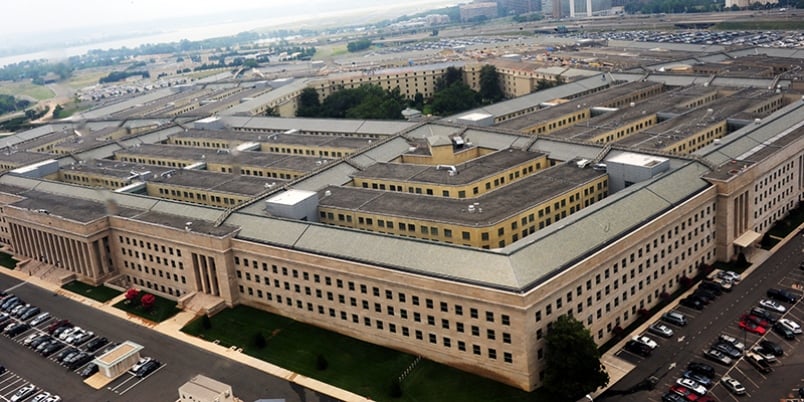
Senate Confirms 22 Captains for Promotion to Rear Admiral
The Senate confirmed 22 Navy captains for promotion to rear admiral last week, according to two separate notifications posted on the Senate Armed…
Copyright 2024 U.S. Naval Institute. All Rights Reserved.